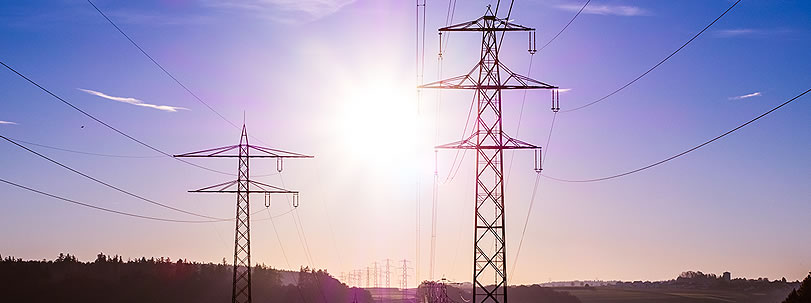Points to ponder on regional power pool

In December 2020, after a turbulent and challenging year, KPLC firmed up a return to normal programming, reporting a new peak demand of 1,976 MW.
KPLC has for some time had a surplus in available and committed capacity and the COVID-19 pandemic only compounded issues for the off-taker, leaving industry players with concerns about this surplus relative to the projected demand. Many stakeholders are keenly looking to the development of transmission lines (and connection of new consumers) as the immediate ‘solve’ for this issue which has plagued the Kenyan power sector over the last few years.
A robust national transmission network would also facilitate the next seemingly inevitable step in the Kenyan power sector – greater interstate power trade within the East African region. At its most basic, using the East African Power Pool appears to be simple arithmetic – KPLC (when it has a surplus) sells power to another off-taker – say in Rwanda (who has a deficit) using the established transmission lines developed for this purpose.
Interstate electricity trading is not so simple, however. Many stakeholders are looking carefully at how EPRA, KPLC and the Ministry of Energy could engage with the East African Power Pool in the future and what this means for existing and future investors. A number of questions have arisen in this regard.
First, how do we secure the interests of existing or future projects in Kenya? If electricity is available at a lower tariff from neighboring countries, Kenyan projects (particularly those generating electricity from more expensive technologies or resources) could easily find themselves priced out of the market.
Up to now, KPLC has accepted the demand risk under Kenyan PPAs under a ‘take or pay’ arrangement where IPPs are paid irrespective of whether KPLC can absorb the power they have produced. Following the events of the pandemic where the off-taker has been burdened with excess power, it is understandable why this ‘take or pay’ model for regional power would be unattractive to KPLC, therefore making this question more pertinent.
Second, how would we as a nation, manage our power procurement exposure to account for volatility in other states? As varied as are our cultures and languages within East Africa, so too are the levels of political stability that we experience. Reliance on power generated in other countries will create exposure to their domestic political and environmental circumstances.
In response to this concern, more mature power pools have adopted import/export controls as a way of managing the perceived risk and potential overreliance on external power supply. This means imposing limits on the amount of power each country can sell and buy from others, and ensuring a robust legal framework to account for any contractual disputes that may arise.
That said, controls on the quantity of power coming in and out of a country are important for more than just political reasons. A limit on the import of power ensures that individual countries and their regulators do not simply purchase power from elsewhere, pass the (potentially inflated) cost to consumers, and neglect the development of their domestic power infrastructure. It maintains momentum for long-term infrastructure projects in potentially under-developed power sectors, while ensuring that domestic power needs can still be met. The corresponding control on export means countries can ensure an element of pricing stability internally (as only a certain amount of domestic power can be sold at ‘power pool’ prices) and that countries are required to service their domestic power needs before trying to generate revenue within the power pool, ensuring reliable, quality power for consumers. This is particularly important, especially when considered against experiences of countries such as Mozambique. Mozambique exports cheap hydro power to South Africa, only to then have to reimport more expensive power from the South African Power Pool to meet its domestic needs. It is therefore essential that the integration of a power pool and external power be considered alongside domestic generation resources, and an integrated planning approach be adopted to capture these two components.
Third, can we use a regional power pool to encourage investment in the ‘right’ kinds of energy technologies? An opening up of the regional power markets surely means prices will be carefully examined. It may give states the opportunity to incentivise the long-awaited departure from the so called dirty fuels to greener alternatives. If for example the collective East African Power Pool limits or refuses to provide a platform for trade of power generated from coal or HFO, states will surely be encouraged to move toward greener energy alternatives which will be more marketable and tradable in the long term.
Finally, the end-user. While a regional power pool is intended to rebalance supply and demand imbalances, it should ultimately be the consumer, and not the off-taker, who realizes the most benefit. The off-takers in each country should be prepared to pass on the saving to consumers through a reduction in the substantially varied electricity prices throughout the region. The cheaper the power, the more likely we are to online new consumers and increase power consumption and industry – thereby further reducing the looming threat of the supply/demand gap and ultimately generate internal revenue for reinvestment.
The article was published in the Business Daily on 26 January 2021 and can be accessed here.


